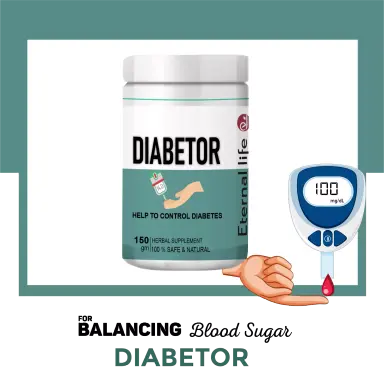Diabetes
What is fibre and why you need to make it a part of your daily diet?

It’s the most underrated of foods. It doesn’t give you taste, tang or thrill. It doesn’t give you energy or help you beat fatigue. It doesn’t give you micronutrients or calories. Your body doesn’t break it down or use it. Yet it is absolutely essential for your health and functioning metabolism. But because more and more of our foods are industrially processed today, it is going out of our diets. For people with diabetes, a diet enriched with it can be a life-changer.
We are talking of dietary fibres, also known as roughage or bulk, and found mainly in fruits, vegetables, whole grains, nuts, seeds and legumes. Most high-fibre foods tend to be low in calories, sugar, and fat, so they are generally healthy. Here we discuss what fibre is all about, the immense health benefits it can bring, how much dietary fibre you need, the foods that contain it, and how to add them to and why it is easy to incorporate it into your diet:
It’s the most underrated of foods. It doesn’t give you taste, tang or thrill. It doesn’t give you energy or help you beat fatigue. It doesn’t give you micronutrients or calories. Your body doesn’t break it down or use it. Yet it is absolutely essential for your health and functioning metabolism. But because more and more of our foods are industrially processed today, it is going out of our diets. For people with diabetes, a diet enriched with it can be a life-changer.
We are talking of dietary fibres, also known as roughage or bulk, and found mainly in fruits, vegetables, whole grains, nuts, seeds and legumes. Most high-fibre foods tend to be low in calories, sugar, and fat, so they are generally healthy. Here we discuss what fibre is all about, the immense health benefits it can bring, how much dietary fibre you need, the foods that contain it, and how to add them to and why it is easy to incorporate it into your diet:
It’s the most underrated of foods. It doesn’t give you taste, tang or thrill. It doesn’t give you energy or help you beat fatigue. It doesn’t give you micronutrients or calories. Your body doesn’t break it down or use it. Yet it is absolutely essential for your health and functioning metabolism. But because more and more of our foods are industrially processed today, it is going out of our diets. For people with diabetes, a diet enriched with it can be a life-changer.
We are talking of dietary fibres, also known as roughage or bulk, and found mainly in fruits, vegetables, whole grains, nuts, seeds and legumes. Most high-fibre foods tend to be low in calories, sugar, and fat, so they are generally healthy. Here we discuss what fibre is all about, the immense health benefits it can bring, how much dietary fibre you need, the foods that contain it, and how to add them to and why it is easy to incorporate it into your diet: 










